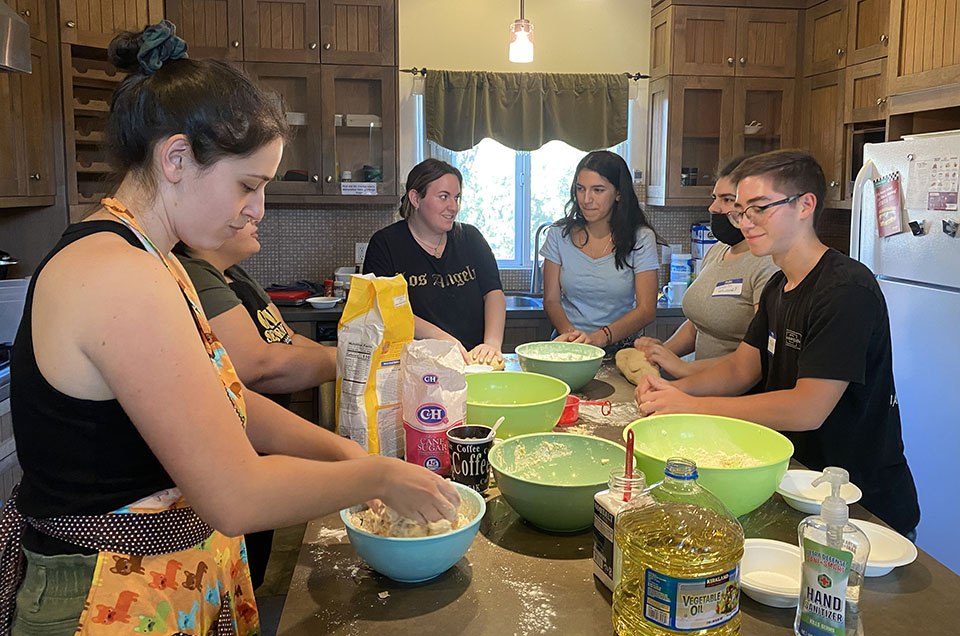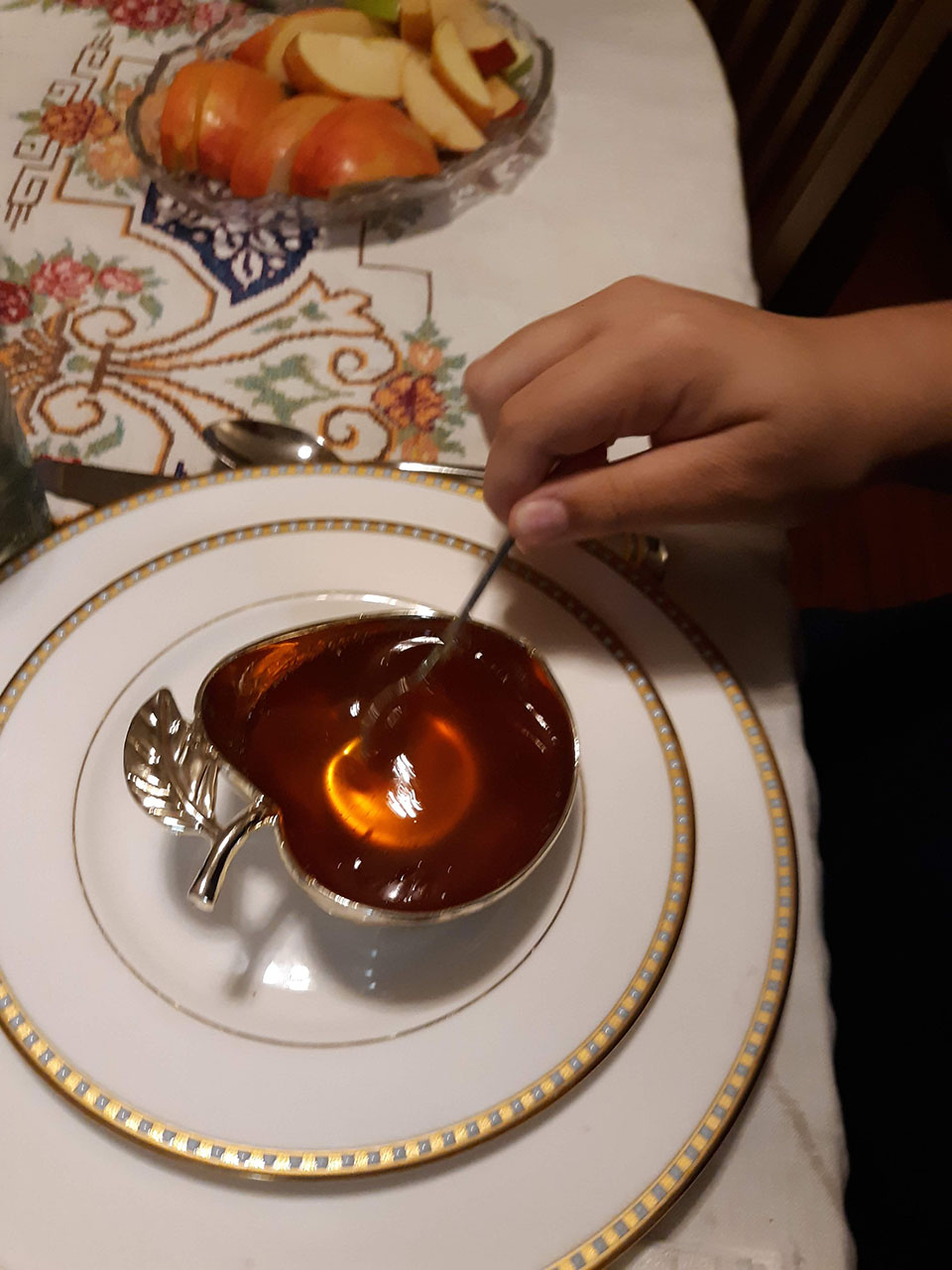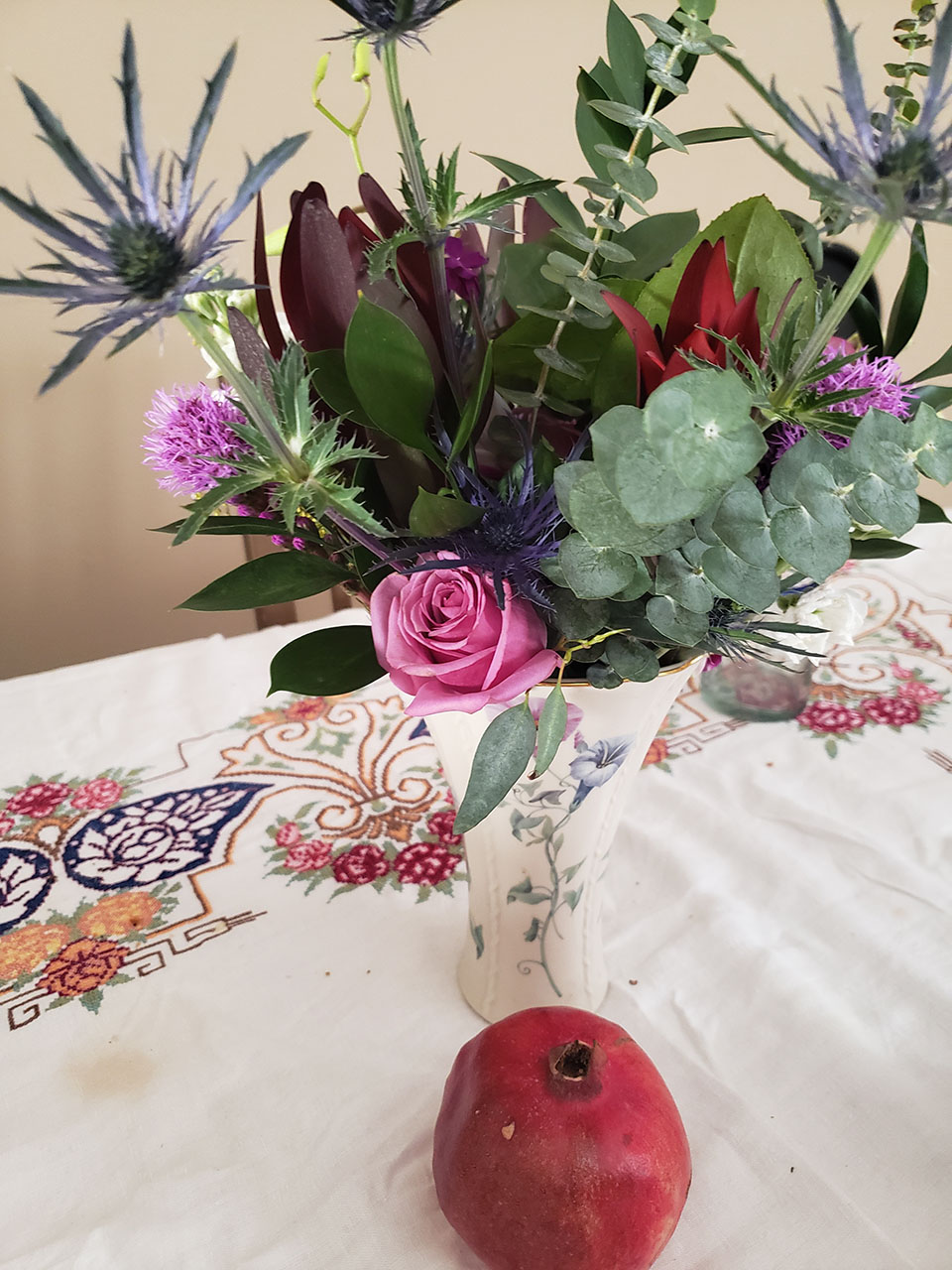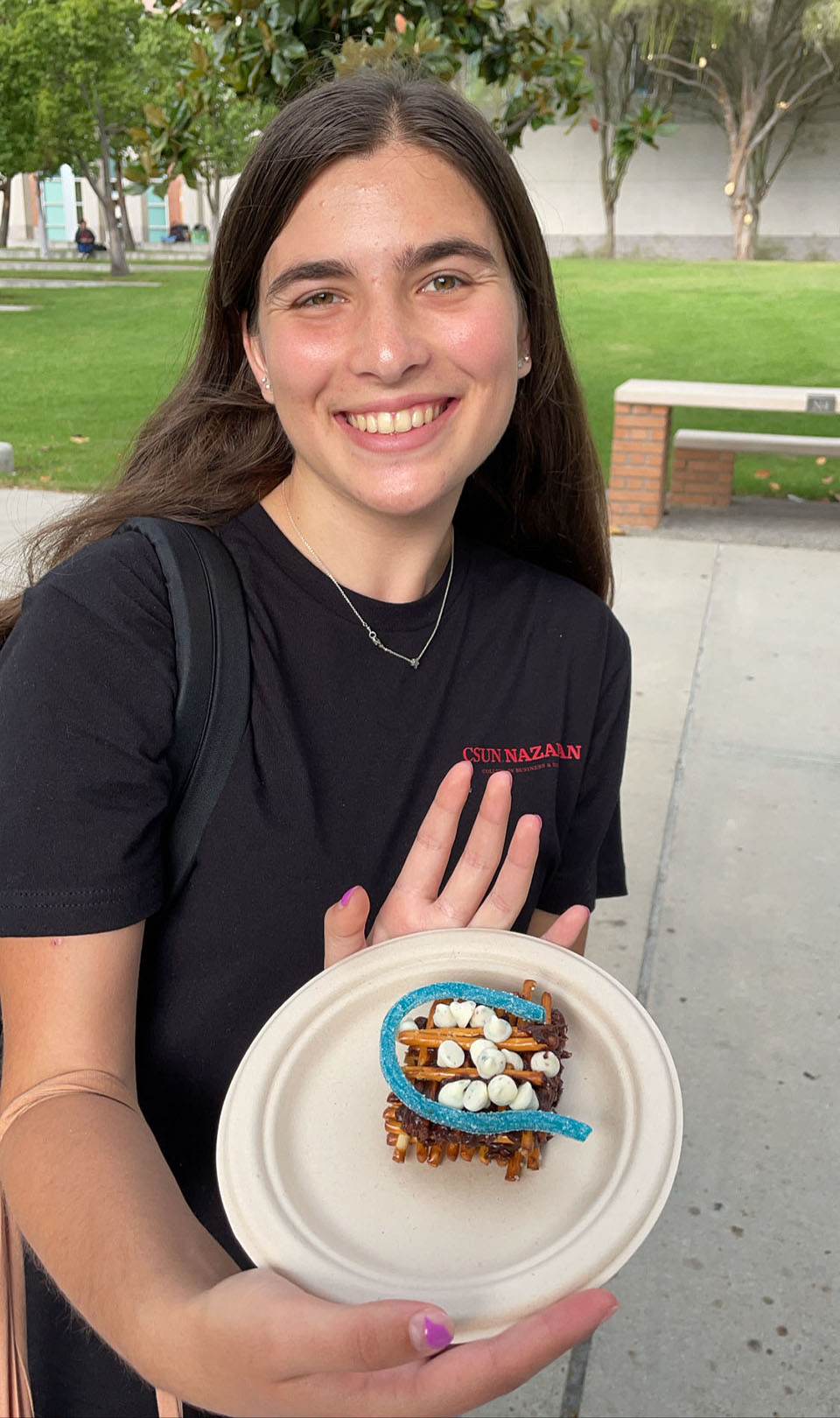Rosh Hashana & Yom Kippur: What to Know about the Jewish High Holidays in 2023 (aka 5784)
As Matadors return to campus and jump into the new academic year, thousands of Jewish students, faculty and staff are preparing for another major calendar milestone: the upcoming Jewish High Holidays.
The High Holidays are known in Hebrew as the Yamim Noraim (Days of Awe), or simply wrapped into the term Chagim — holidays, an all-encompassing term to cover the month of observances that span from Rosh Hashana to Simchat Torah. Rosh Hashana, the Jewish New Year — which begins at sundown on Friday, Sept. 15 — is both a synagogue-centric holiday and a festive occasion for family and friends to gather for meals and celebrations at home.
This year, the fall holidays occur from mid-September through early October. Most of the holidays fall on weekends this year, kicking off with Rosh Hashana. The Jewish New Year is a one- or two-day holiday, depending on one’s denomination and level of observance. Yom Kippur, the Day of Atonement, begins at sundown on Sunday, Sept. 24. Yom Kippur, a fast day when Jews abstain from all food and water, lasts one day and is considered the holiest day of the year.
The Hebrew calendar is a lunar calendar and thousands of years old — this fall, Jews celebrate the start of the year 5784 — similar to those followed by Islamic, Hindu and other faiths. Thus, the dates of Jewish holidays vary slightly from year to year on our solar Gregorian calendar. In the Hebrew calendar, all dates and observances go from sundown to sundown (for example, Shabbat always starts at sundown on Friday night and ends after dark on Saturday night).
But wait, there’s more! Yom Kippur is followed by the harvest festival of Sukkot and holidays of Shemini Atzeret and Simchat Torah during the first week of October. However, the High Holidays of Rosh Hashana and Yom Kippur are by far the most observed and recognized by many Jews — especially in California. Hanukkah may be a retail juggernaut due to its (misconceived) reputation as a sort-of “Jewish Christmas,” but it’s considered a minor festival compared to the fall holidays.
Traditional foods unique to Rosh Hashana include apples dipped in honey, to represent wishes for a sweet new year, and an elaborate seder (order) of symbolic foods such as dates, pomegranates and even a fish head (to represent the “head” of the year). The symbolic foods are a tradition primarily for Sephardic or Mizrahi Jews (those who trace their lineage to Spain or the Middle East, such as the large population of Persian Jews in Los Angeles).
Hillel International has named CSUN as one of the “Top 60 Public Universities by Jewish Population” and ranked the university No. 1 in California and No. 15 nationally among public schools with the largest Jewish populations. More than 6,500 Jewish undergraduate students attend CSUN, Pierce College and Valley College, according to Hillel 818 — the center for Jewish life on campus, which serves the three campuses. That’s more than the Jewish student population at USC and UCLA combined.
Hillel 818 offers meals, programs and learning opportunities for all Jewish students on Shabbat and throughout the fall holidays. Rohr Chabad House at CSUN does the same for students and faculty. Both are located adjacent to the Northridge campus and frequently offer meals and activities for students on campus as well — at the Arbor Grill, Sierra Center and more.
The Jewish Studies Program, in CSUN’s College of Humanities, offers CSUN students of any major and background the opportunity to learn in-depth about Jewish holidays, in courses such as Jewish Religion and Culture (JS100).
For more about the Hebrew calendar, visit www.hebcal.com and www.myjewishlearning.com.





 experience
experience